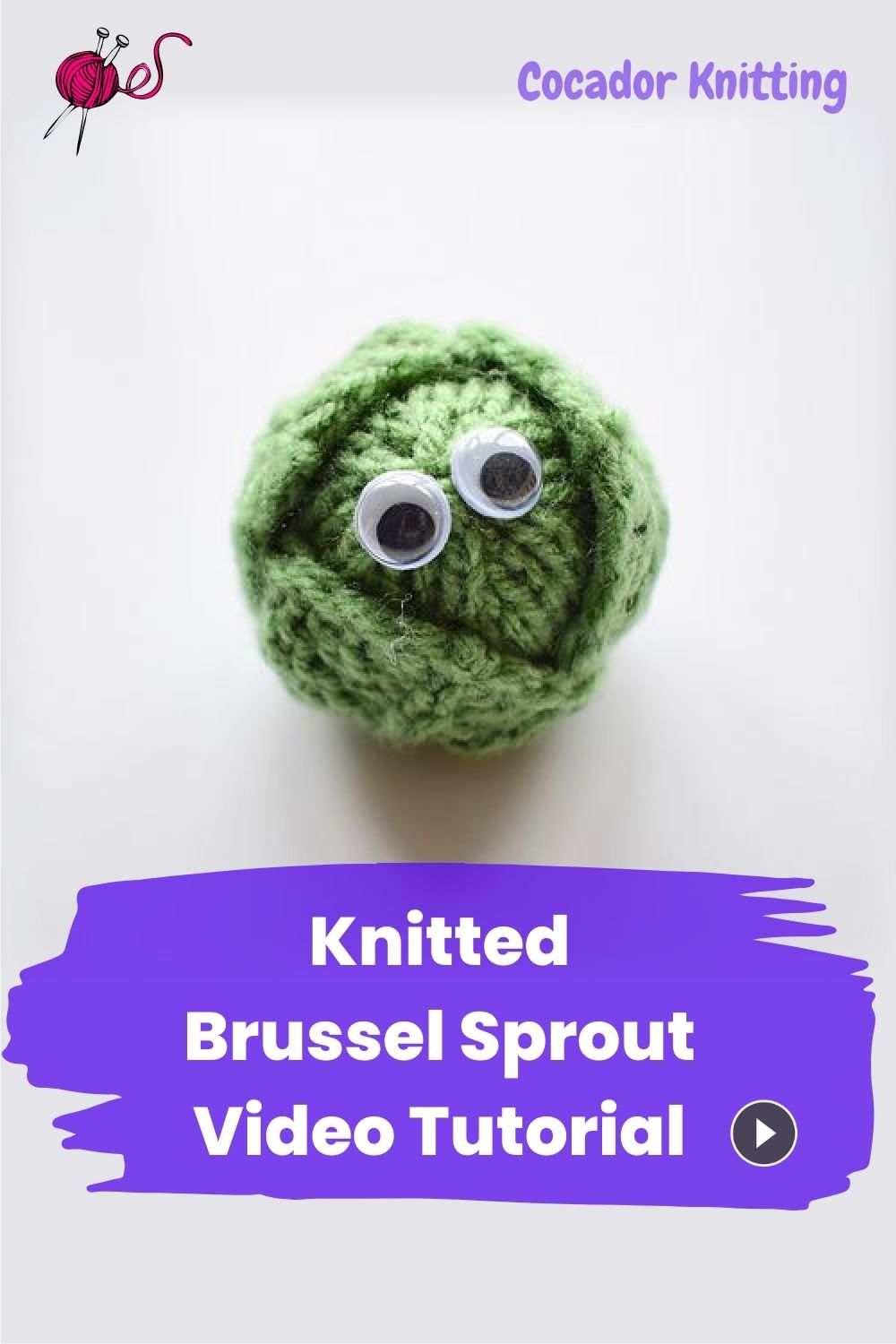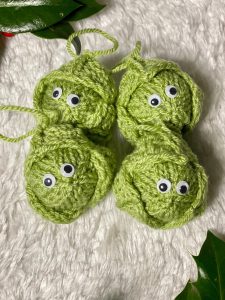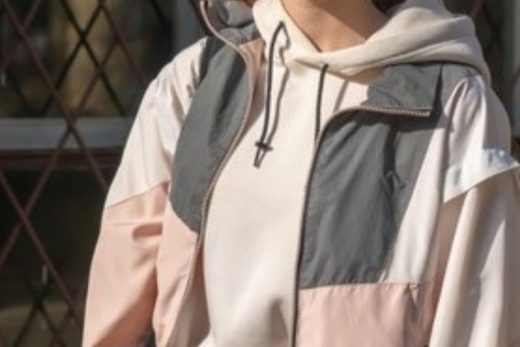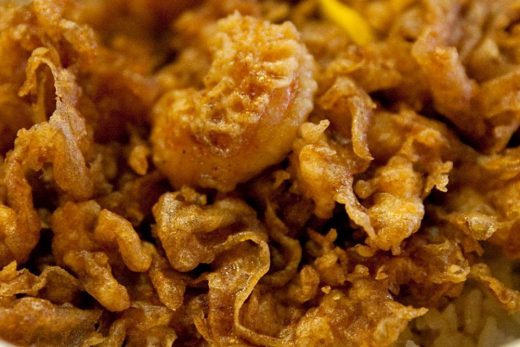With Cocador you will enjoy to learn knitting patterns which is one more beautiful than the other.
Today we’ll look at closer to Knitted Brussel Sprout.
Free Knitted Brussel Sprout from Cocador
NOTES
Introduction: Christmas dinner just isn’t the same
without Brussels sprouts. Love them or hate them,
you can also knit them! These make fun place
setting decorations for your dinner table, or hang
them from your tree.
Work flat: Each sprout is knitted flat (back and
forth) on a pair of single pointed knitting needles,
not in the round.
Casting on: Use the long tail cast on.
Pull through to cast off: Cut the yarn leaving at
least a 30cm tail. Thread the tail onto a darning
needle, sew through the sts on the knitting needle,
pull the sts off the knitting needle onto the yarn,
gather together tightly and secure.
Seaming: Use mattress stitch for seaming toys.
One size: 5cm wide.
Tension: 24 sts x 30 rows for a 10cm x 10cm square
in stockinette stitch on 3.5mm needles. Don’t worry
about tension for this pattern, it is not critical.
YARN
– Each sprout is made from DK weight yarn (double
knitting/light worsted weight/8 ply); a few
grammes in a Green shade.
– The recommended yarn is Hayfield Bonus DK, a
100% acrylic DK weight yarn, in shade “Grass”.
NEEDLES & NOTIONS
– A pair of 3.5mm (US4) single pointed needles,
minimum length 20cm
– A darning or tapestry needle for seaming
– Two 10mm adhesive “googly” wobbly eyes
– A handful of toy filling or cotton wool ball to stuff
KNITTING PATTERN
SPROUT
Make 1. Start at the bottom. Cast on 7 sts in green
on 3.5mm needles.
Row 1 and all following WS rows: Purl
Row 2 (RS): [Kfb] 6 times, k1 (13 sts)
Row 4: [K1, kfb] 6 times, k1 (19 sts)
Row 6: [K2, kfb] 6 times, k1 (25 sts)
Row 8: Knit (25 sts)
Row 10: [K2, k2tog] 6 times, k1 (19 sts)
Row 12: [K1, k2tog] 6 times, k1 (13 sts)
Row 14: [K2tog] 6 times, k1 (7 sts)
Pull through to cast off.
Sew the side edges together, adding stuffing as you sew.
Gather the cast on sts together at the bottom.
Stick two eyes onto the top (cast off end) of the sprout.
OUTER LEAVES
Make 3. Start at the bottom. Cast on 5 sts in green
on 3.5mm needles.
Row 1 (RS): Slip1, p1, k1, p2
Row 2 (WS): Slip1, kfb, p1, kfb, k1 (7 sts)
Row 3: Slip1, p2, k1, p3
Row 4: Slip1, kfb, kfb, p1, kfb, kfb, k1 (11 sts)
Row 5: Slip1, p4, k1, p5
Row 6: Slip1, [kfb] 4 times, p1, [kfb] 4 times, k1
(19 sts)
Row 7: Slip1, p8, k1, p9
Row 8: Slip1, k8, p1, k9
Row 9: Slip1, p8, k1, p9
Row 10: Slip1, [ssk] 4 times, p1, [k2tog] 4 times, k1
(11 sts)
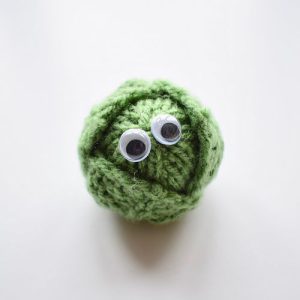
Row 11: Slip1, p4, k1, p5
Row 12: Slip1, ssk, ssk, p1, k2tog, k2tog, k1 (7 sts)
Row 13: Slip1, p2, k1, p3
Row 14: Slip1, ssk, p1, k2tog, k1 (5 sts)
Pull through to cast off.
Give each leaf a blast of steam from a steam iron to block.
Sew the ends of the cast on edge of each leaf together (see photo) Note that the purl side of the leaves are
the RS and face outwards. Sit the bottom of the sprout in the middle of the W of the leaves, fold the leaves up and sew in place so they overlap around the sides of the sprout.

